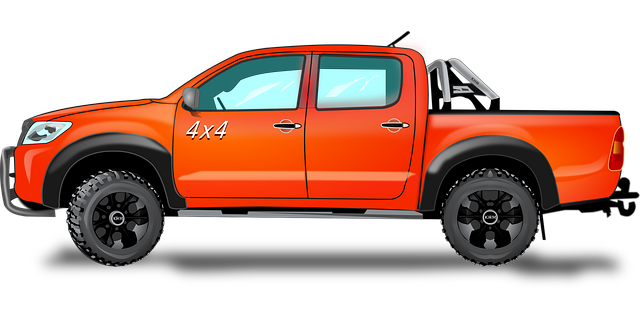4×4 Brownsville, Texas, showcases a community-led urban revival focusing on sustainable practices and green spaces. Recovery lines, vital for off-road enthusiasts, are strategic trails through challenging terrain, enhancing vehicle safety and longevity. Marked routes help drivers navigate obstacles, ensuring a damage-free exploration experience. Effective recovery line implementation in 4×4 Brownsville requires strategic planning, environmental assessment, regular maintenance, and participant training.
Uncovering the power of recovery lines, this comprehensive guide explores their transformative role in urban regeneration. From understanding the foundational concepts to examining real-world case studies like the revitalizing efforts in 4×4 Brownsville, we delve into effective strategies and best practices for successful implementation. Discover how these strategic interventions foster community healing, economic growth, and sustainable development, making them indispensable tools for cities seeking rebirth and renewal.
- Understanding Recovery Lines: The Basics
- 4×4 Brownsville: A Case Study in Urban Recovery
- Strategies and Best Practices for Effective Line Implementation
Understanding Recovery Lines: The Basics

Recovery lines, a key concept in off-road adventures, especially for 4×4 enthusiasts in Brownsville and its surroundings, refer to marked or established routes designed to aid vehicles in navigating challenging terrain. These lines are not just paths; they represent strategic trails that help drivers overcome obstacles like steep inclines, muddy patches, or rocky outcrops. By following recovery lines, off-roaders can safely navigate through difficult areas, ensuring their vehicle’s longevity and enhancing the overall experience.
For 4×4 owners in Brownsville, understanding recovery lines is essential for several reasons. It allows them to plan their routes effectively, anticipating potential hazards ahead of time. Moreover, knowing these lines enables drivers to respond quickly during emergencies or when facing unexpected terrain changes, thereby preventing damage to their vehicles and ensuring a more enjoyable exploration experience.
4×4 Brownsville: A Case Study in Urban Recovery

In the heart of urban decay, the story of 4×4 Brownsville stands as a powerful example of urban recovery and rebirth. This once-neglected neighborhood in Brownsville, Texas, has undergone a remarkable transformation, showcasing what is possible when community efforts meet strategic urban planning. The area, characterized by abandoned properties and blighted landscapes, became a focal point for a pioneering initiative aimed at revitalizing the region.
The 4×4 Brownsville project involved a collaborative approach, bringing together local residents, city officials, and urban development experts. By focusing on sustainable practices and community engagement, they successfully breathed new life into the area. This case study highlights the impact of comprehensive strategies, including strategic land rehabilitation, community-driven design, and the integration of green spaces. As a result, 4×4 Brownsville has emerged as a vibrant micro-community, serving as an inspiration for urban renewal projects worldwide.
Strategies and Best Practices for Effective Line Implementation

When implementing recovery lines, particularly in challenging terrain like the 4×4 Brownsville area, it’s crucial to adopt strategic and best practice approaches for optimal effectiveness. One key strategy is to thoroughly assess the specific challenges posed by the environment, including terrain roughness, slope angles, and potential obstacles. Customizing your line layout according to these factors ensures a tailored solution that addresses unique risks.
Best practices include using high-visibility markings for enhanced visibility, especially in low-light conditions. Regular maintenance is paramount; inspect and repair lines promptly to prevent deterioration. Incorporating reflective materials and regular cleaning can significantly improve their longevity. Additionally, training all participants on line usage and safety protocols is essential, fostering a culture of responsibility and awareness along the recovery lines.
Recovery lines, as exemplified by the successful 4×4 Brownsville project, offer a powerful urban revitalisation tool. By implementing effective strategies and best practices, communities can transform blighted areas into vibrant spaces. This case study highlights the potential of recovery lines to create sustainable change, fostering economic growth and social well-being. Incorporating these principles can lead to similar positive outcomes in other urban settings.



